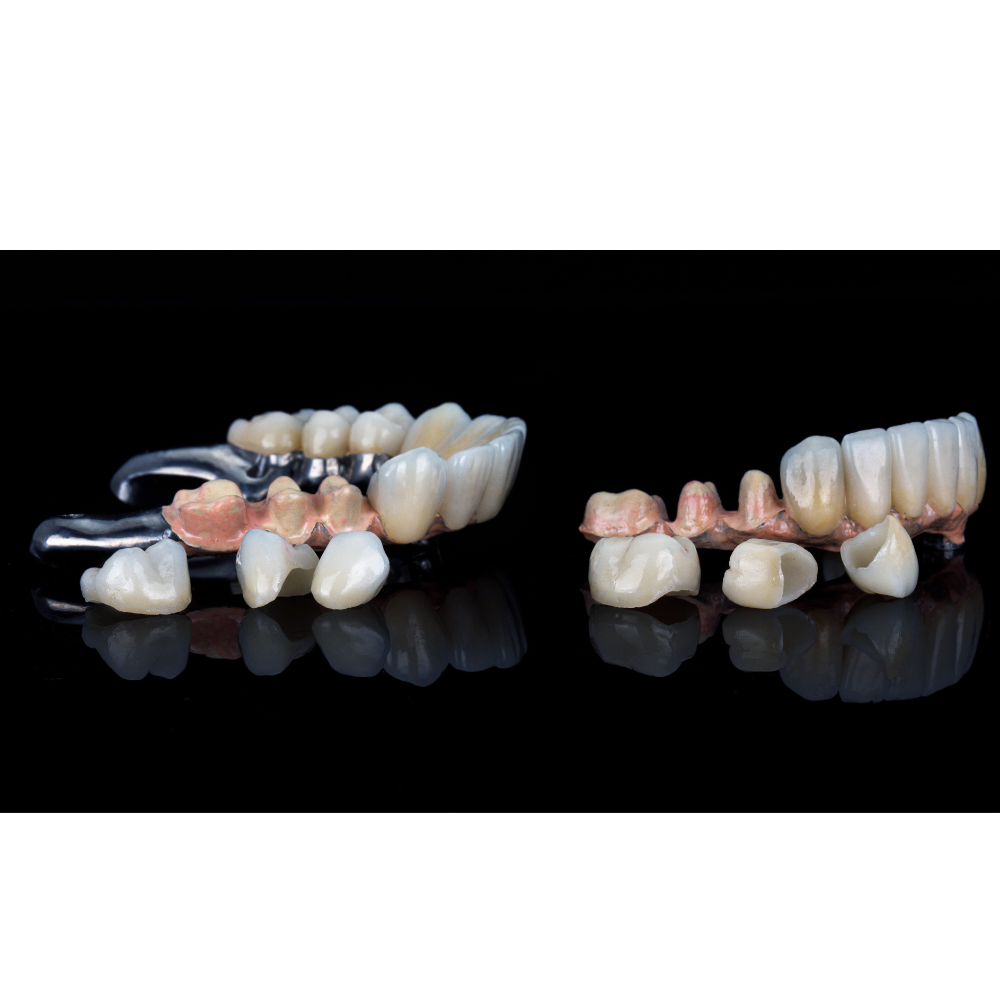What Is Apex Of Tooth | Procedure, How It Is Different, Structure And All
A tooth’s apex in dentistry is becoming the focal point of treatment aimed at resolving root infections. When dental issues reach the apex, they can lead to significant discomfort and potential complications. Procedures such as root canal therapy specifically target this area to eliminate infections and save the tooth. Discussing the unique aspects of the apex will help you to appreciate the precision required in dental treatments. Here we will talk about the structure, procedures, and differences associated with the apex of a tooth.
What Is Apex Of Tooth
The apex of a tooth is the tip or end of the tooth’s root. It is a critical area where nerves and blood vessels enter the tooth from the surrounding bone which provides important nutrients and sensation. The health of the apex is a must because infections or damage in this area can lead to severe dental issues, such as abscesses and tooth loss.
Causes of Tooth Apex Infection
The apex can be affected by the following causes:
Infections:
Bacterial infections that come from untreated cavities or gum disease can spread to the apex which leads to abscesses.
Trauma:
Physical injury to a tooth can damage the apex which disrupts blood flow and causes inflammation or infection.
Tooth Decay:
Deep cavities that reach the pulp of the tooth can extend to the apex which causes infection and damage.
Previous Dental Work:
Complications from previous dental procedures like incomplete root canals can affect the apex.
What is Apexification
Apexification is a dental procedure used to encourage the formation of a calcified barrier at the apex of a tooth with an open root end in cases where the root development is incomplete. This procedure is performed on young patients with immature teeth that have experienced trauma or infection.
Apexification is a highly effective procedure to save immature teeth and allow for continued development and healing. This provides a foundation for long-term dental health.

The Apexification Procedure
Here is the complete apexification procedure:
Access Opening:
The dentist creates an access opening in the tooth to reach the pulp chamber and root canal.
Removal of Infected Tissue:
All infected or necrotic tissue within the root canal is carefully removed. This step is important to eliminate any sources of infection.
Cleaning and Disinfection:
The root canal is thoroughly cleaned and disinfected to ensure no bacteria remain. This often involves the use of antiseptic solutions.
Placement of Apexification Material:
A biocompatible material, such as calcium hydroxide or mineral trioxide aggregate is placed at the root tip to promote the formation of a calcified barrier. This material helps to seal the apex and stimulate the healing process.
Temporary Filling:
The tooth is temporarily filled and sealed to protect it while the calcified barrier forms. This process can take some months and might require multiple visits to monitor progress and replace the temporary filling as needed.
Final Restoration:
Once the calcified barrier is confirmed through X-rays, the dentist removes the temporary filling and completes the root canal treatment. The tooth is then permanently filled and restored, often with a crown, to ensure proper function and aesthetics.
Difference Between Apical Foramina And Apex
| Apical Foramina | Apex |
| Small openings at the tip of the tooth root through which nerves and blood vessels enter and exit. | The very tip or end of the tooth root. |
| Allows passage of nerves and blood vessels into the tooth. | The apices of teeth provide structural support and anchor the tooth in the jawbone. |
| Located at the apex of the tooth root. | The endpoint of the tooth root. |
| There can be multiple apical foramina in a single tooth. | Each tooth has one apex per root. |
Structure Of Apex Of Tooth Root

What Is Apical Ramification?
Apical ramification is the complex branching of the root canal system near the apex of a tooth. These small intricate channels can vary in number and size. They make dental treatments like root canals more challenging. Proper cleaning and sealing of these branches are a must to ensure the success of endodontic procedures and prevent future infections.
FAQs
What is An Open Apex in a Tooth?
An open apex in a tooth that is incompletely formed or a wide root tip is found in young developing teeth. This condition occurs when the root development is interrupted due to trauma or infection. An open apex makes traditional root canal treatment challenging because it lacks a natural constriction point for sealing.
What Is Normal Apical Tooth?
A normal apical tooth has a fully developed and properly formed apex. This apex is closed which allows for the natural constriction of the root canal system. It ensures the proper entry and exit of nerves and blood vessels which maintains the tooth’s health and functionality.
Is Apical And Periapical The Same?
No, apical and periapical are not the same. Apical is specifically to the apex or the tip of the tooth’s root. On the other hand, periapical is the area surrounding the apex of the tooth’s root. Periapical issues involve the surrounding tissues and bone around the root tip, whereas apical focus on the tip itself.
Does Apical Mean Top?
No, apical does not mean top. In dental terms apical means the tip or end of the tooth’s root. This is the bottom part of the tooth that is embedded in the jawbone.



